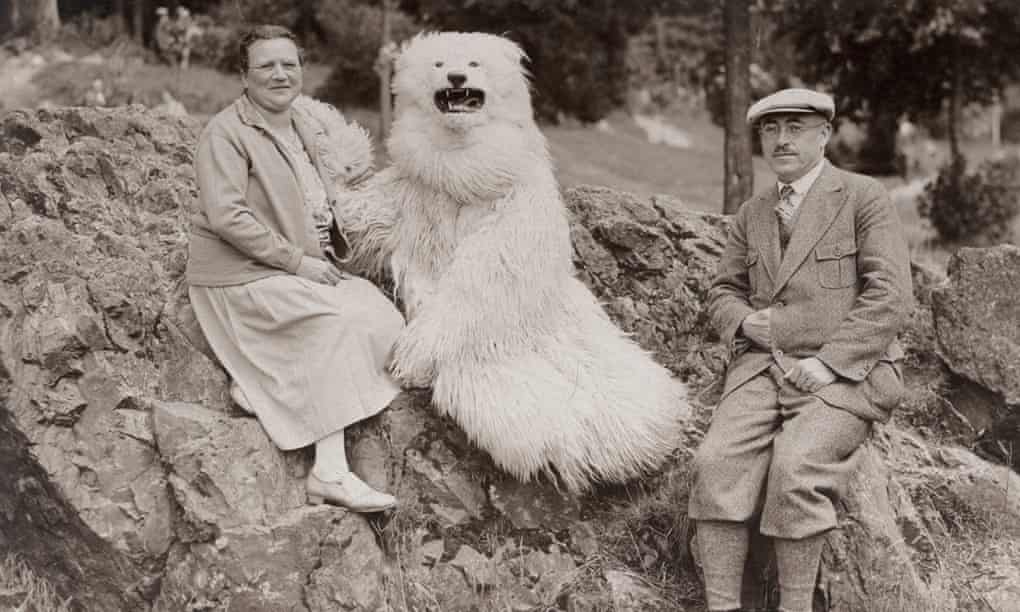It is almost a certainty that a time will come when our distant descendants will look back at our era and see many things that we take for granted, that will strike them as weird. Just as we can look at the past, and marvel at its share of the odd. Following are twenty such incidents from history:

20. “Full Teeth Removal” Used to Be a Wonderful Wedding Gift
A visit to the dentist might be an unwelcome experience to many, and having teeth removed could be as unpleasant as, well… having teeth removed. But whatever one thinks of a visit to the dentist today, it is nothing like the horrors that used to pass for dentistry way back when. For example, in 19th century England, dental hygiene standards were abysmal, and teeth frequently went bad in early adulthood. So each time a tooth rotted, it entailed a visit to the neighborhood barber/ surgeon, who yanked it out with pliers, and without anesthetic.
To spare their kids the misery of having to go through that kind of pain several times in their lifetimes, some parents opted for “full teeth removal”, as a present to their offspring when they grew up. “Full teeth removal” meant exactly that: yanking out all the teeth from the mouth, and replacing them with dentures. Full teeth removal was considered such a fine gift, that it was frequently given to brides as a wedding present.

